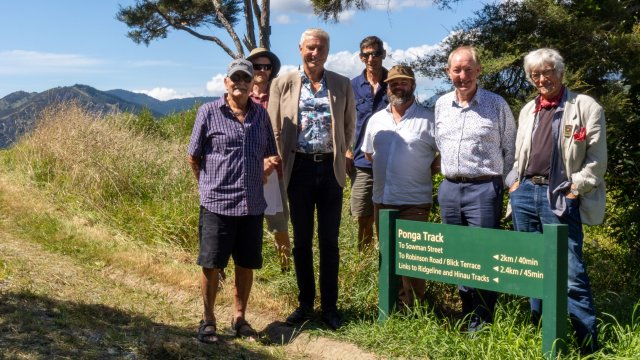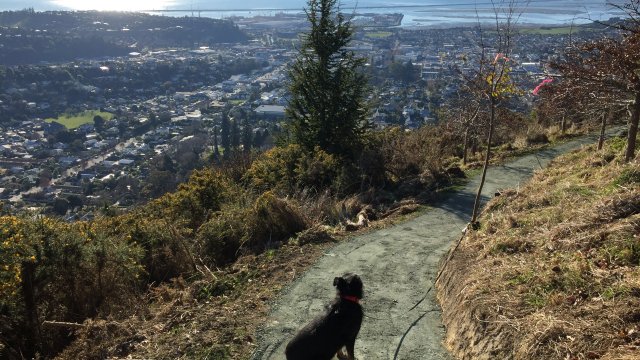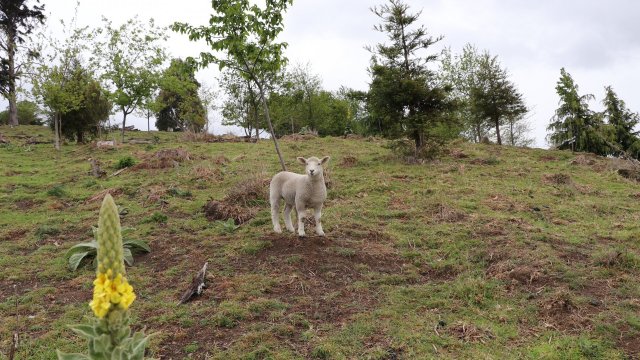Reducing fire risk – a Grampians case study
31/01/2023 4:25am
Nelson City Council uses several different strategies for reducing fire risk on our reserves and the Grampians are a great spot to see them all in action.
“The Grampians is a very large reserve that borders a lot of residential properties. It’s vital that we put in measures to reduce the risk of fire starting and spreading, but there are also things those who live nearby can do to help,” says Group Manager Community Services Andrew White.
In the 2021 – 31 Long Term Plan $11.5m was allocated over 10 years to accelerate weed control on our reserves. Prior to this, weed control focused on ecologically significant areas of the Grampians, but this funding has allowed us to massively expand that programme.
“On the Western slopes we have seen a decrease in gorse, broom and other woody weed infestations,” says Andrew.
“Reducing these has drastically reduced the fire risk on the Grampians. This work will continue and we will see further decreases in the years to come.” A couple of years ago sheep were re-introduced to the Grampians and they have been a huge asset in maintaining the less densely forested areas.
“Sheep are natural allies in the battle to reduce fire risk,” says Andrew.
“Areas of rank grass are munched down by sheep to well-maintained paddocks. Difficult to maintain sections of the Grampians are now grazed and this has reduced fire risk considerably. One of the things putting this at risk is dogs being walked off-leash in areas where signage requires them to be on leash. Graziers are reluctant to leave sheep in places where they are worried about dog attacks.
“This only applies to 10% of the Grampians area, so there are still many places where dogs can go off leash on that reserve.”
Tracks are used as firebreaks throughout the reserve and work as a network of firebreaks.
Contractors maintain vegetation around these tracks to keep fuel load down.
“The Grampians Walkway, on the main ridge, is actually one huge fire break, which is designed to slow down or stop a fire from jumping from one side of the Grampians to the other,” says Andrew. “Where this track isn’t grazed by sheep, it’s mown annually just prior to fire season.”
Combined, these strategies reduce fire risk on the Grampians and other reserves considerably, but there are many things residents who live close to a reserve can do to help.
What you can do:- Start reducing fire risks at your house and work your way out to the boundary
- Don’t leave green waste in piles to dry out on your property – it can easily catch fire
- Keep the grass near your home green and mown
- Choose fire-resistant plants and trees (fireandemergency.nz/outdoor-and-rural-firesafety/ protect-your-home-from-outdoor-fires/flammability-of-plant-species/#low)
- Keep a 4m wide x 4m high accessway to your property to allow fire trucks access
- • Outdoor fires (including braziers) are not allowed during a prohibited fire season. Keep fire at least 3m away from anything flammable and always keep a hose handy. Visit checkitsalright.nz for up-to-date info
- Create safety zones around your home:
- Zone 1: 10m from your house:
- Avoid tall trees close to the house.
- Remove flammable debris like twigs and leaf litter
- Zone 2: 10m – 30m from your house
- Remove scrub and dead or dying plants and trees
- Thin excess trees and evenly space remaining trees so they aren’t touching
- Don’t put green waste into reserves
- Zone 1: 10m from your house:




